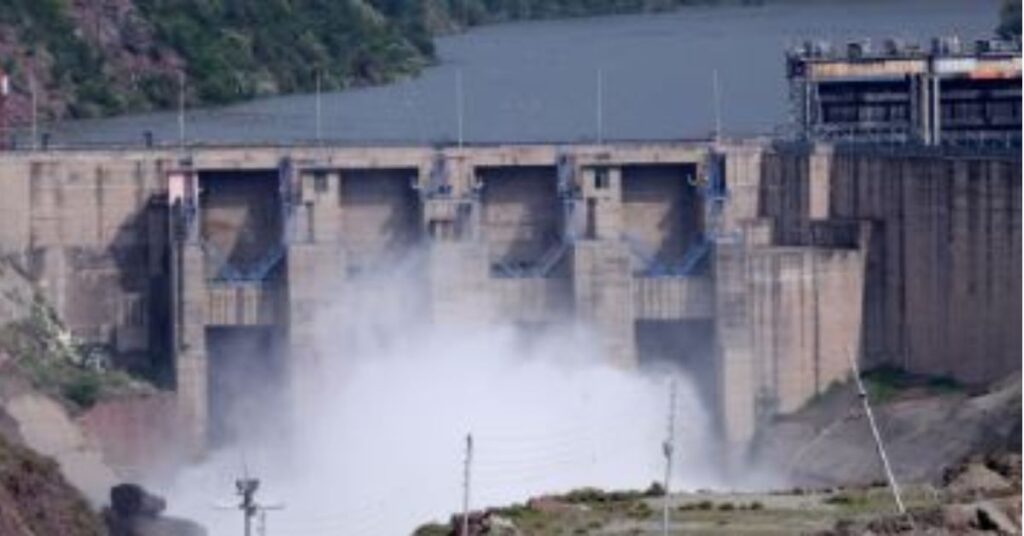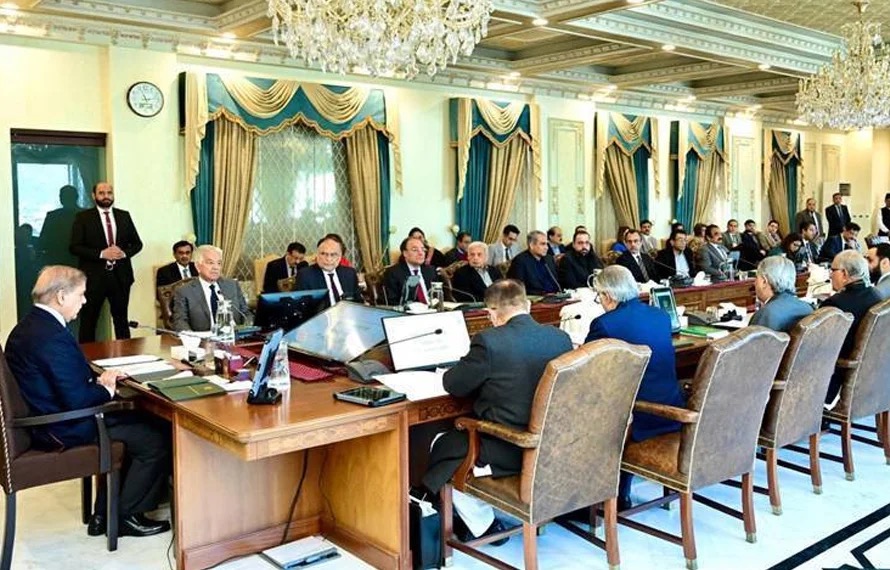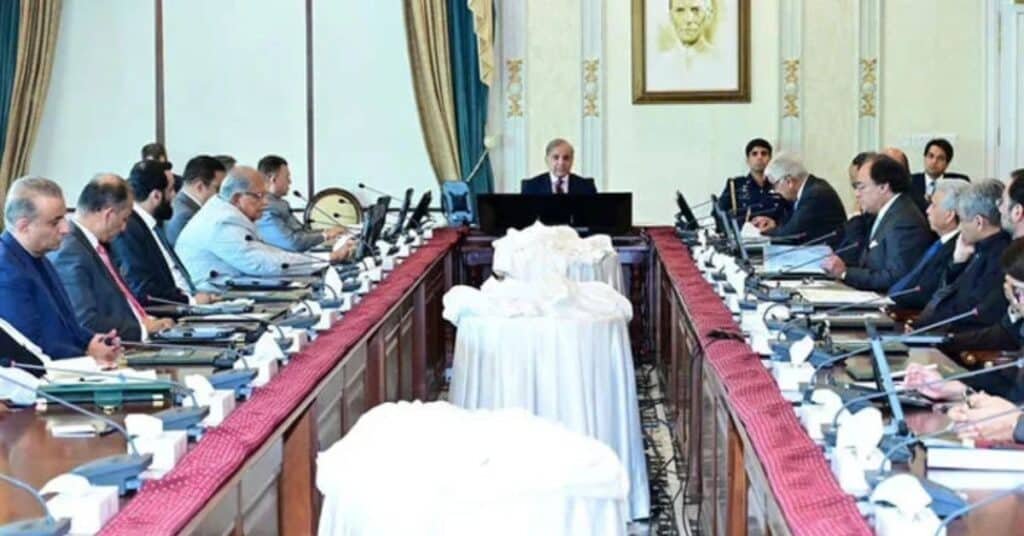SRINAGAR (Kashmir English): India’s aggressive pursuit of large-scale hydroelectric projects across its northern and northeastern regions has sparked deep concern among environmentalists and humanitarian observers, who warn that New Delhi’s dam-building spree is fast becoming a tool of “water terrorism” against neighbouring states and millions of vulnerable communities downstream.
According to a report, India’s expansion of mega hydro projects in the Brahmaputra and Chenab basins flagrantly disregards international humanitarian norms and environmental sustainability.
Projects such as the 2000 MW Subansiri Lower (with its dam height of 125 metres and cost escalation from ₹6,285 crore in 2002 to INR 26,075 crore), the 1650 MW Upper Subansiri, 2880 MW Dibang, and 1800 MW Kamala in Arunachal Pradesh exemplify a reckless hydro policy driven by control rather than cooperation.
Analysts note that India’s plans for over 208 new dams across twelve northeastern sub-basins — capable of generating nearly 65,000 MW — mimic China’s Medog hydropower model but without any bilateral safeguards or regional coordination, posing grave ecological and humanitarian risks.
In Indian illegally occupied Jammu and Kashmir, India has accelerated construction on the Chenab River’s Pakal Dul (1000 MW), Kiru (624 MW), Kwar (540 MW), and Ratle (850 MW) projects, while effectively undermining the Indus Waters Treaty—turning shared rivers into instruments of coercion.
Experts warn these moves threaten irrigation networks, drinking water supplies, and food security across downstream regions, particularly in Pakistan.
Meanwhile, thousands of tribal and rural families face forced displacement without proper rehabilitation — an affront to their fundamental right to life and livelihood.
India’s hydro hegemony
Environmental experts and rights defenders have urged India to abandon its coercive “hydro hegemony” and instead pursue cooperative, sustainable, and community-led water management, warning that the current trajectory risks deepening regional instability and humanitarian suffering.




